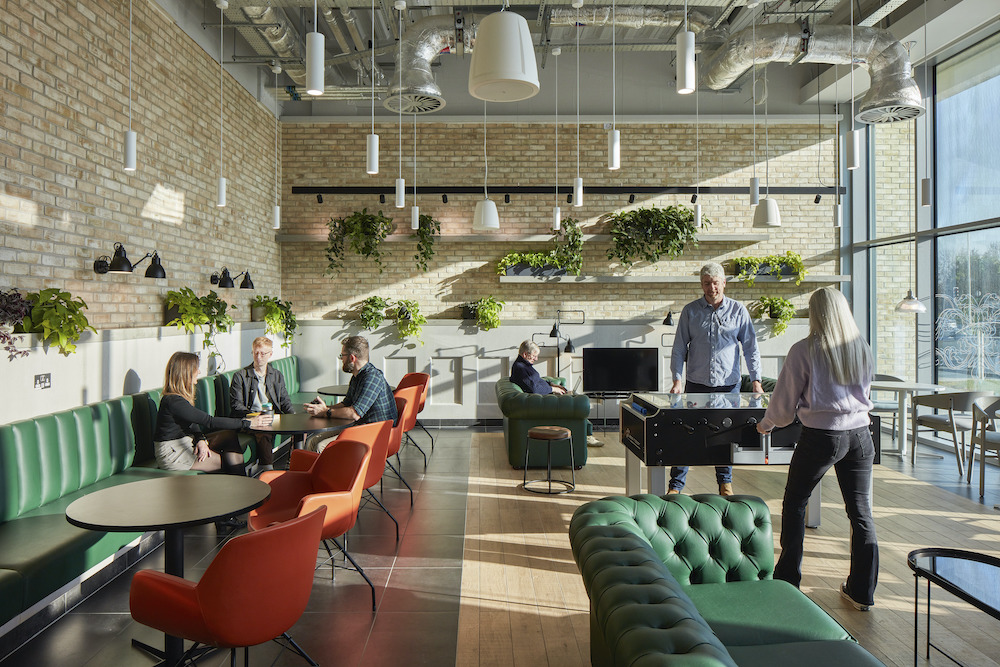Commuting profoundly affects our well-being, and it’s up to us to frame it positively, says M Moser’s Jeni Durksen.
Well-Being and Calibrating Circadian Rhythms
Nowadays, commuting can be seen from many angles. For some, a series of email surprises, expensive and time-consuming. For others, a chance to exercise, or an opportunity to recalibrate, shifting the focus back to you and the evening ahead.
Early morning exposure to sunlight, recommended by Andrew Huberman from Stamford, ‘increases energy, immune system function and mood.’ He tweeted, ‘If you miss that morning sun for more than a few days and view the evening sunlight, you delay your circadian clock, making you fall asleep or wake later.’ Going for a walk before work provides innumerable benefits to calibrating your circadian rhythm, whether in the office or working from home.
Some younger workers accustomed to remote working see this time as part of their workday, working en route and traveling slightly later to avoid the mental toll of rush hour. Commuting profoundly affects our well-being, and it’s up to us to frame it positively.
Liminal Space and Pattern Interrupt
During the shift to remote work, numerous studies looked at the lost benefits. They found that commuting offers a built-in support system for important daily processes, providing space to shift gears mentally and transition from work to home. In-between time can be viewed as liminal space – free time between roles.
Unconsciously, the Commute Created Healthy Boundaries
It allowed us to kickstart our day, disengage from work tasks, and rebuild mental energy depleted from the workday.
Not surprisingly, Microsoft has tried to recreate the benefits lost from commuting by creating a “virtual commute“, scheduling time to set goals in the morning and reflect on the workday at its end. They even included an optional short-guided meditation.
In our quest for efficiency, we can become sidetracked by the promise of shortcuts. Tapping into a natural rhythm or emulating elements from the Slow Living movement, which may seem counterintuitive, can propel us forward faster. Breaks in our day offer a fresh outlook, discourage sedentary behavior and provide an opportunity to socialize, which may be the synchronicity sought to solve that outstanding issue.
Like breaks, a pattern interrupt is a technique to change a thought, behavior or situation. Shifting from your familiar thoughts and routines and into open ideation. Creativity thrives in the unknown, unexpected and unchartered. Changing your perspective will generate new ideas and improve your creative performance.
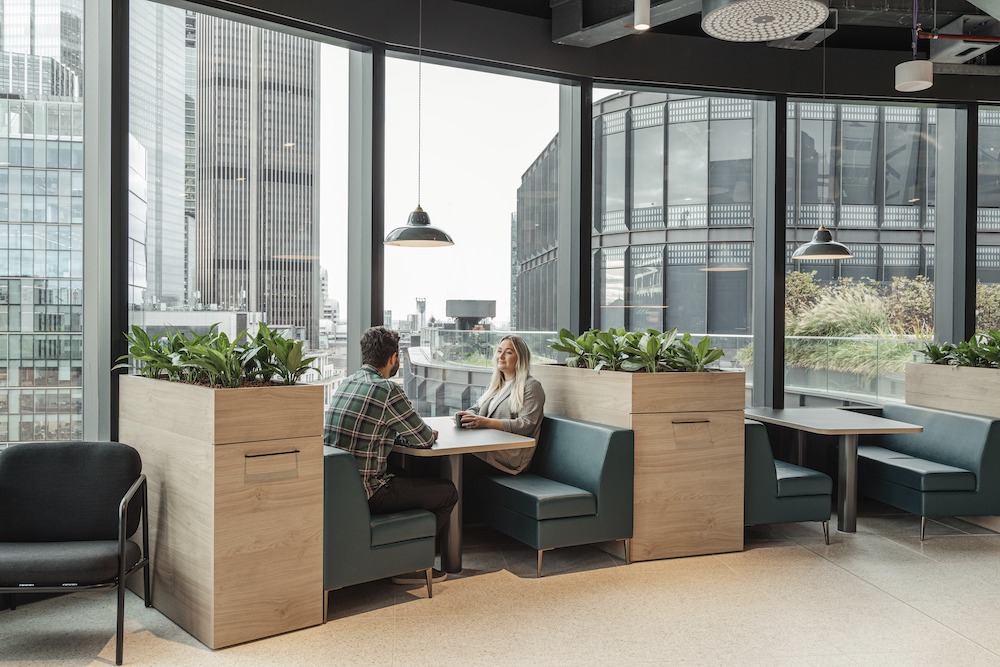
Enhanced Workplace Experience
Heading to the office should invariably be associated to better working conditions. Faster wifi, ergonomic furniture, frothy coffee, choice of work settings, face-to-face meetings and technology supportive of hybrid meetings have become baseline expectations.
Employees are looking for vibrant spaces catering to their needs, fulfilling them socially with upward growth options instead of sending them home fatigued. Because the decision to commute is no longer about ‘home vs office?’ but rather ‘where can I work that best aligns with my priorities today?’
The workplace must, as the newest buzzword goes, magnetize employees to utilize the space its leadership has leased.
Here are three key ways in which we are enhancing the workplace experience and creating spaces that people want to commute to:
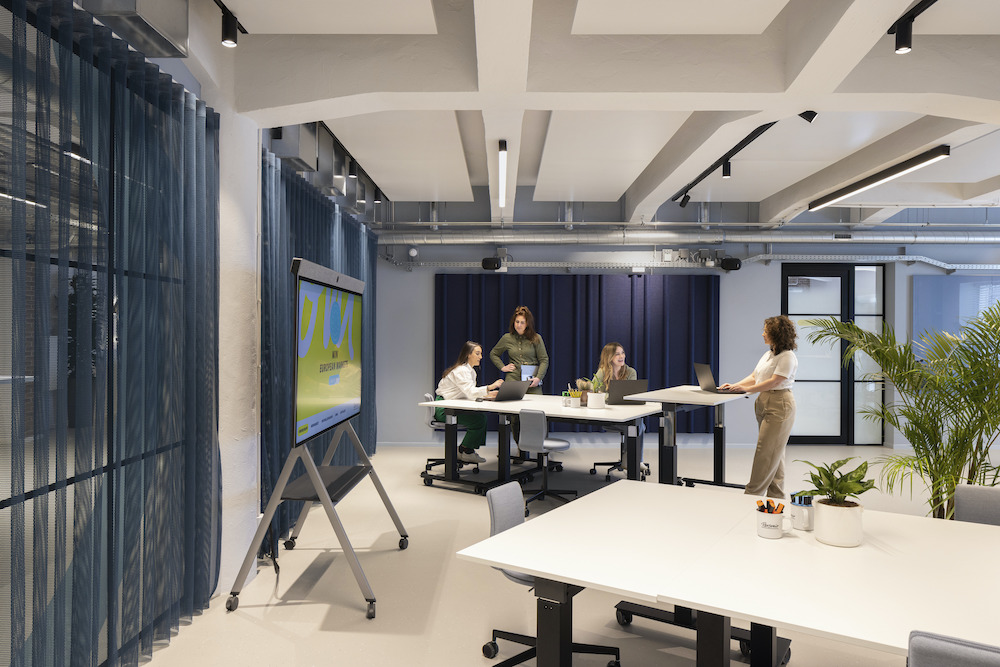
-
Communicate Your Culture
Be clear on expectations around being in the office and even more transparent about celebrating achievements together.
As collaboration happens best face-to-face, provide opportunities such as a booking app to support employees in planning their weeks and set realistic policies on office time by designing for team days.
Promote inclusivity by ensuring everyone feels welcome and wants to be part of the office dynamic. Take a stand on intolerance in the workplace and provide a psychologically safe place where people can be themselves.
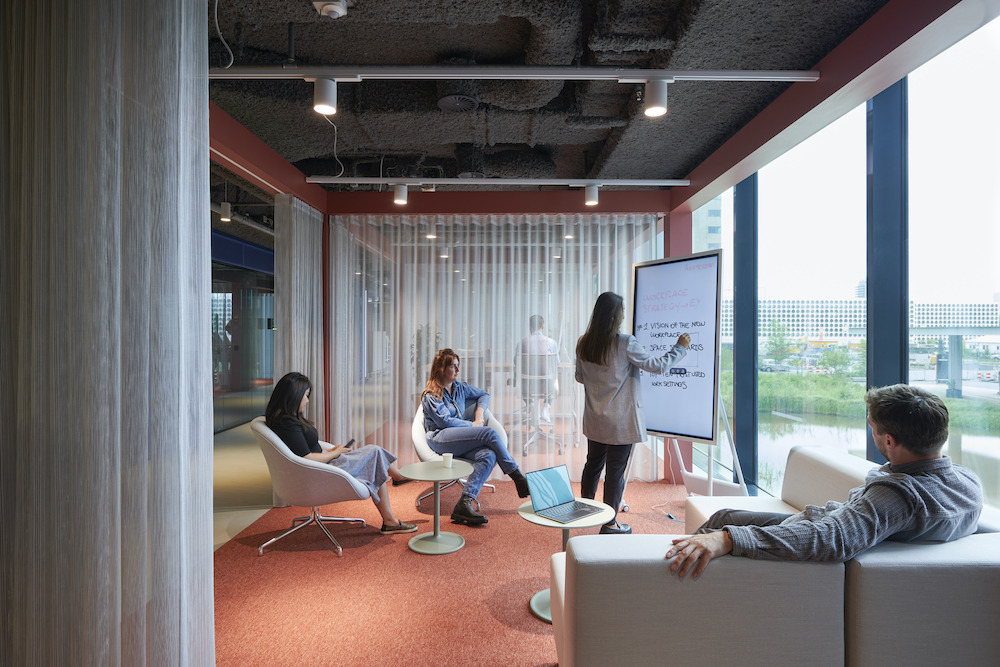
-
Design for the Future – Future Generations, Future Unknowns, Future Flexibility
When designing a workspace, we plan often multiple years in advance. As such, allowing for a range of adaptable offerings is paramount. We start with the people and work outwards – how do you work today, what are your expectations for the future, and can the building support that? Is there room for adaptation over time, or is flexibility stifled? Do you have enough room for growth?
We also look at access to social spaces, owned or shared amenities, outdoor space and overall impression for external visitors, potential talent and your team, whom you’re encouraging to use the workspace multiple times a week.
Commercial developments are taking a cue from residential buildings with amenities including screening rooms, virtual golf simulator rooms and third-party wellness suites for your (physical) therapist. Our priority as designers is to enable adaptable spaces with future flexibility, ensuring diversity and longevity of use.
For those projects where we have shorter timelines or updating a current fit-out, we see the rise of multi-purpose spaces that support informal meetings, working and gatherings in the form of co-working lounges. These are spaces that feel less like being in an office and more of a catchall amenity, which, depending on the business can be a forward-facing client space to support training and external presentations.
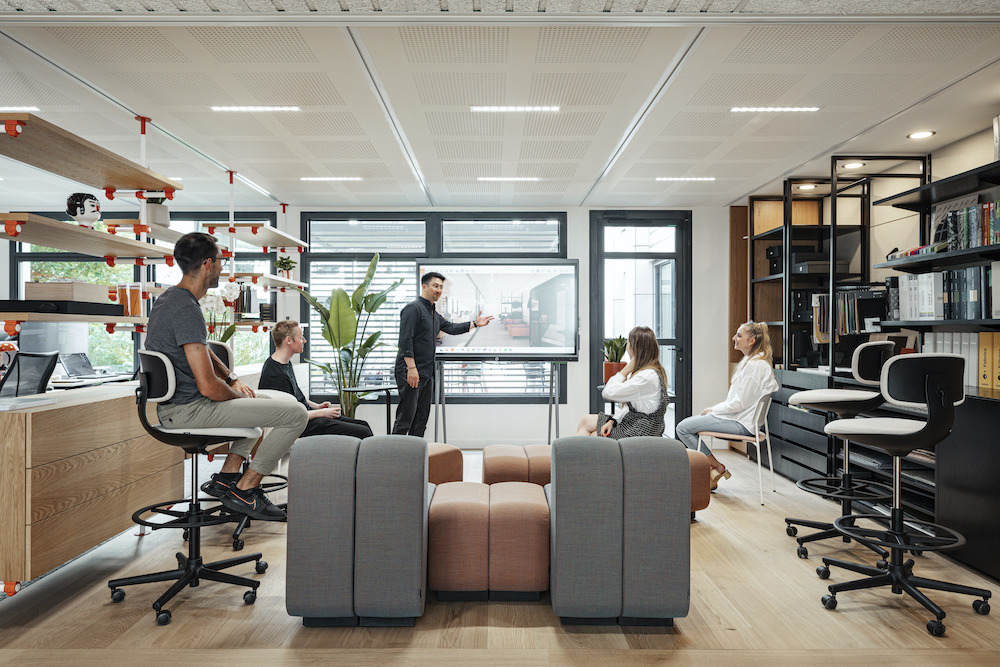
-
Curate an Experience Worth Commuting For
Is your workspace truly supporting your team? Is it worthwhile for them to come into the office and can they work seamlessly?
Seamless design often goes unnoticed until it no longer functions appropriately. Is the wifi fast enough to support Wednesday’s peak traffic, and does the office have enough phone booths and meeting rooms for a mixture of focus and collaborative work?
Are you focused on enticing but missing the day-to-day experience itself?
The end goal is to create an inspiring workspace that fuels your employees, instigates innovation and can adapt naturally.
Our work styles have shifted rapidly over the past few years, just as curating for team dynamics will change over time. The exciting part is planning, designing and providing a space that fundamentally attracts and influences current and future generations to do their best work together.
We are all looking to maximize and enrich the time we can control. Whether commuting to the office, faux commuting to exploit liminal space or working on the go, you’ll be harnessing the same positive outcomes and getting home feeling refreshed and de-stressed, which is a win-win for both employees and employers.

